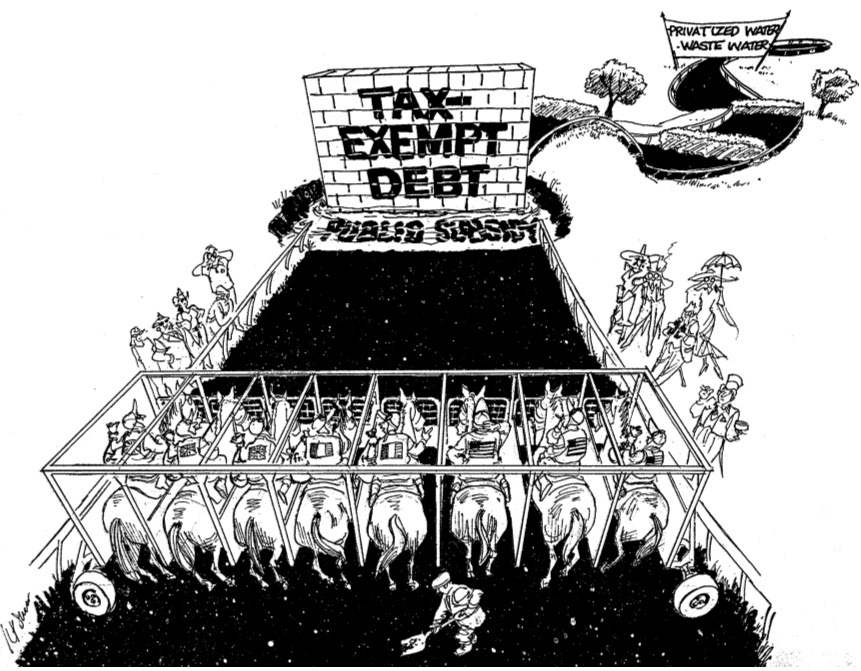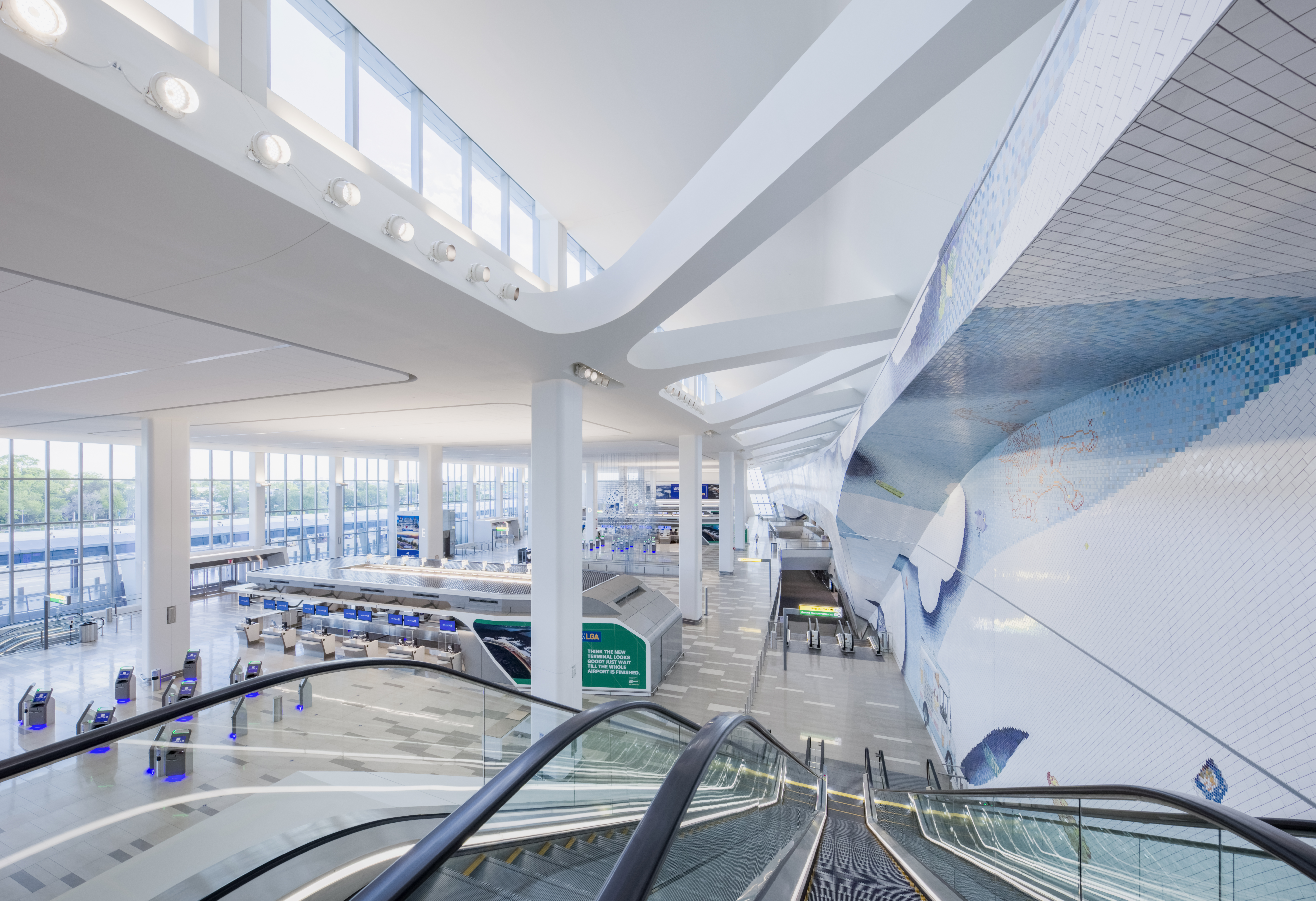The U.S. airport sector is emerging from a period of many changes, induced by the pandemic-era bust and rebound in travel. The pandemic brought with it unprecedented levels of federal support for operations, and later for capex (via the IIJA). Airports have also embarked in a once-in-a-generation boom of capital expenditures over the last four years. These projects took advantage of increased federal support for the sector, but also managed to expand the industry’s balance sheets across the board.
And yet the U.S. airport sector still remains a global outlier for project financing. In Europe, a substantial share of major airports are operated under concession agreements. The corresponding number in the United States is one (Luis Muñoz Marín Airport in Puerto Rico). Airports are arguably the single infrastructure sector in which the United Sates is most out of synch with the rest of the world in terms of liberalization.
This isn’t due to obstruction or inaction from Congress, which passed the Airport Investment Partnership Program (AIPP) into law nearly three decades ago to facilitate brownfield airport concessions in the United States. And the P3 industry within the airport sector is still growing, but it has been limited to major capital projects such as new terminals, automated people-movers, and consolidated rent-a-car (CONRAC) projects.
For an update on the state of the sector and some insights on the future role of public-private partnerships within it, PWF spoke with WSP’s Lou Wolinetz this month to talk federal policy, sector balance sheets, and the current state-of-the-practice for airport project financing.



